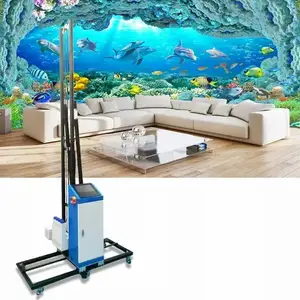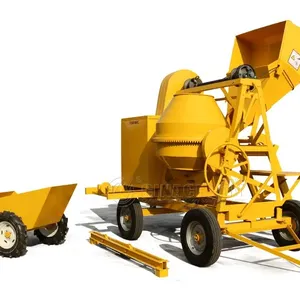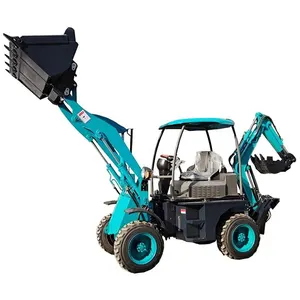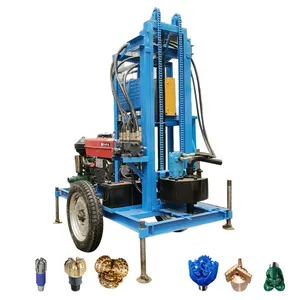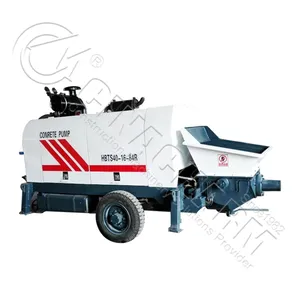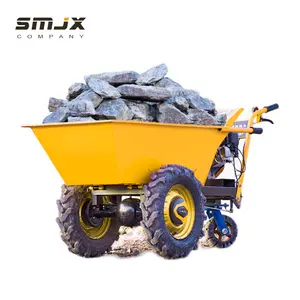Popular in your industry






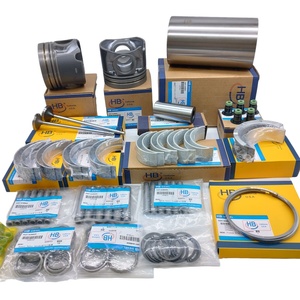













































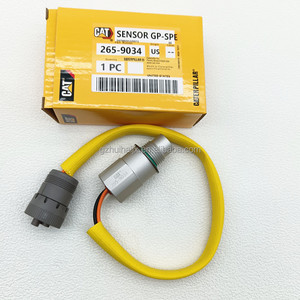
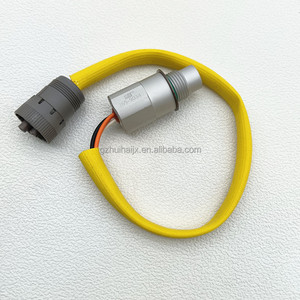
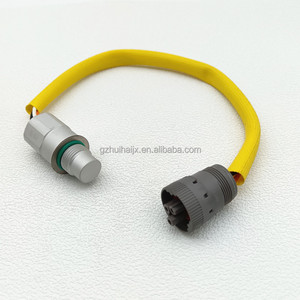
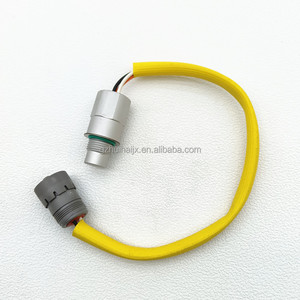
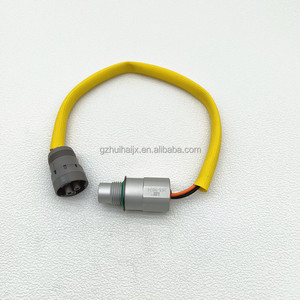
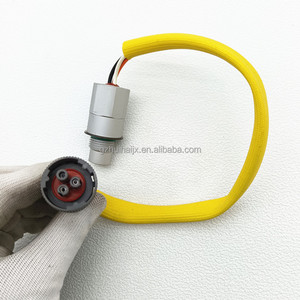


















Related Searches:
































































































Top categories
About sensor for caterpillar engine
Many modern heavy-duty machines, such as construction vehicles, require sensors to ensure their proper operation. The sensor for the Caterpillar engine plays a vital role in monitoring various aspects of the engine's performance, providing real-time data to the vehicle's control systems. These sensors are specifically designed to withstand the harsh operating conditions typically encountered in heavy machinery.
Types of sensors for Caterpillar engines
There are different types of sensors for Caterpillar engines, each serving a specific purpose in monitoring and controlling the engine's operation. One common type is the oil pressure sensor, which is responsible for measuring the engine's oil pressure. The Cat C12 oil pressure sensor is designed to detect and transmit the oil pressure to the vehicle's electronic control module. Another critical sensor is the temperature sensor, which monitors the engine's temperature to prevent overheating. The coolant temperature sensor and the intake air temperature sensor are two examples of temperature sensors commonly used in Caterpillar engines. Additionally, the speed sensor, also known as the crankshaft position sensor, provides information about the engine's speed and position, enabling precise timing of fuel injection and ignition. The Cat 3126 oil pressure sensor is another common type used in Caterpillar engines, specifically in the Cat 3126 model. Moreover, the Cat C7 engine often employs the Cat C7 IPV valve, a crucial part of the fuel system, to regulate the pressure of the fuel delivered to the injectors.
How does a sensor for Caterpillar engines work?
The operation of a sensor for Caterpillar engines is crucial for the overall performance and efficiency of heavy machinery. These sensors work by constantly monitoring various parameters and conditions within the engine and transmitting this data to the vehicle's electronic control module (ECM). The ECM processes the information received from the sensors and makes real-time adjustments to optimize the engine's performance. For instance, the Cat 3208 oil pressure sensor continuously measures the oil pressure and sends the data to the ECM. If the oil pressure drops below the specified range, the ECM may trigger a warning light on the dashboard or adjust the engine's operation to prevent damage. Additionally, the temperature sensors for Caterpillar engines, such as the coolant temperature sensor and the intake air temperature sensor, play a crucial role in optimizing the engine's performance. By monitoring the temperature of key components, these sensors help the ECM adjust fuel delivery, timing, and other parameters to ensure efficient combustion and prevent overheating. The speed sensor, or crankshaft position sensor, is essential for determining the engine's speed and position, providing critical information for precise fuel injection and ignition timing. This constant feedback loop between the sensors and the ECM is essential for the safe and efficient operation of Caterpillar engines.
